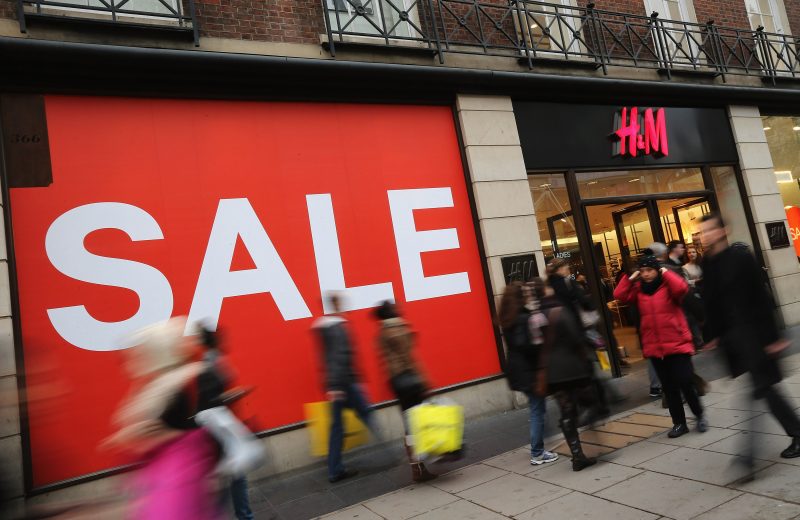Data released by the Australian Bureau of Statistics (ABS) this week indicates that the soft retail sales that have been recorded since the beginning of 2016 have continued into the final quarter of 2015/16.
The recorded growth of 0.2 per cent, seasonally adjusted, is below the figure forecast by the National Retail Association last month, and highlights a continuation of below average performance that has been seen since January.
In broad terms, national sales growth has underpinned by above average results in New South Wales and Victoria, which expanded by 5.0 per cent, and 4.3 per cent respectively.
Analysis conducted by the National Retail Association suggests that a rising demand for labour in these two states is resulting in less caution surrounding retail spending, with consumers having greater confidence in personal job security, while also having increased ability to move within the labour market.
Indeed, consumer confidence data, which has shown slight improvements in optimism surrounding current financial circumstances, is some evidence of the impact improved labour market conditions is having on retail spending attitudes.
In Queensland however, the circumstances are different, with retail sales only growing by 1.2 per cent in seasonally adjusted terms.
Unlike New South Wales and Victoria, labour demand in Queensland has been at historically low levels for the past three years, while unemployment has also recorded an average of 6.2 per cent since January 2013.
Across all major sub-categories of retail in Queensland, performance has been weak, with cafes and restaurants in particular being impacted by a soft economy.
The exception in Queensland is hardware, which continues to benefit from some buoyancy in the residential property market, and clothing, which has recorded double-digit growth since September 2015.
The growth in clothing can be partly explained by discounting and clearance of stock, which has increased sales volume, although it is also likely that the disruption of the retail fashion landscape, caused by the arrival of several international brands, may be the greater contributor to performance.
Significantly, the example of the clothing sub-category does suggest that even in a weak economy customers are willing to spend, providing that products are affordable, or if a new offering is made available.
At a national level, hardware continues to be the dominant category in terms of driving growth, expanding by 9.4 per cent in seasonally adjusted terms, with analysis conducted by the National Retail Association highlighting the particular influence of the property market on this area of retail.
Long run activity in in the residential property sector, especially across the key markets of Sydney and Melbourne, has been correlated with equally strong performance in hardware, with this category having average growth of 8.7 per cent in seasonally adjusted terms across the past two years.
For further industry analysis please contact Cameron Meiklejohn, Industry Research & Data Analyst, on (07) 3240 0156 or by email at c.meiklejohn@nra.net.au.


